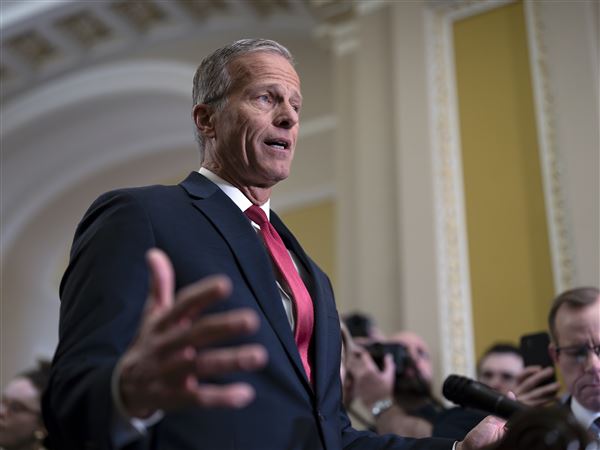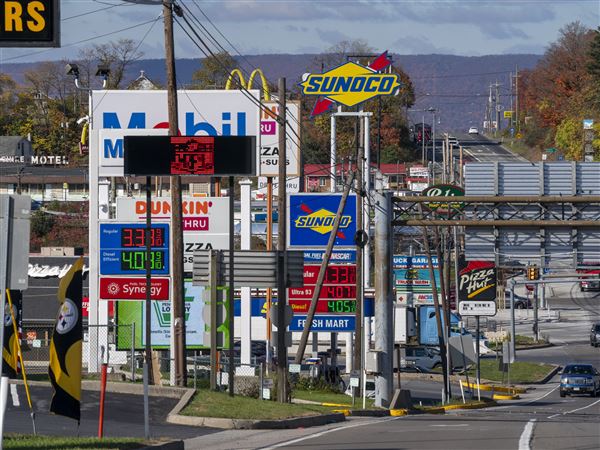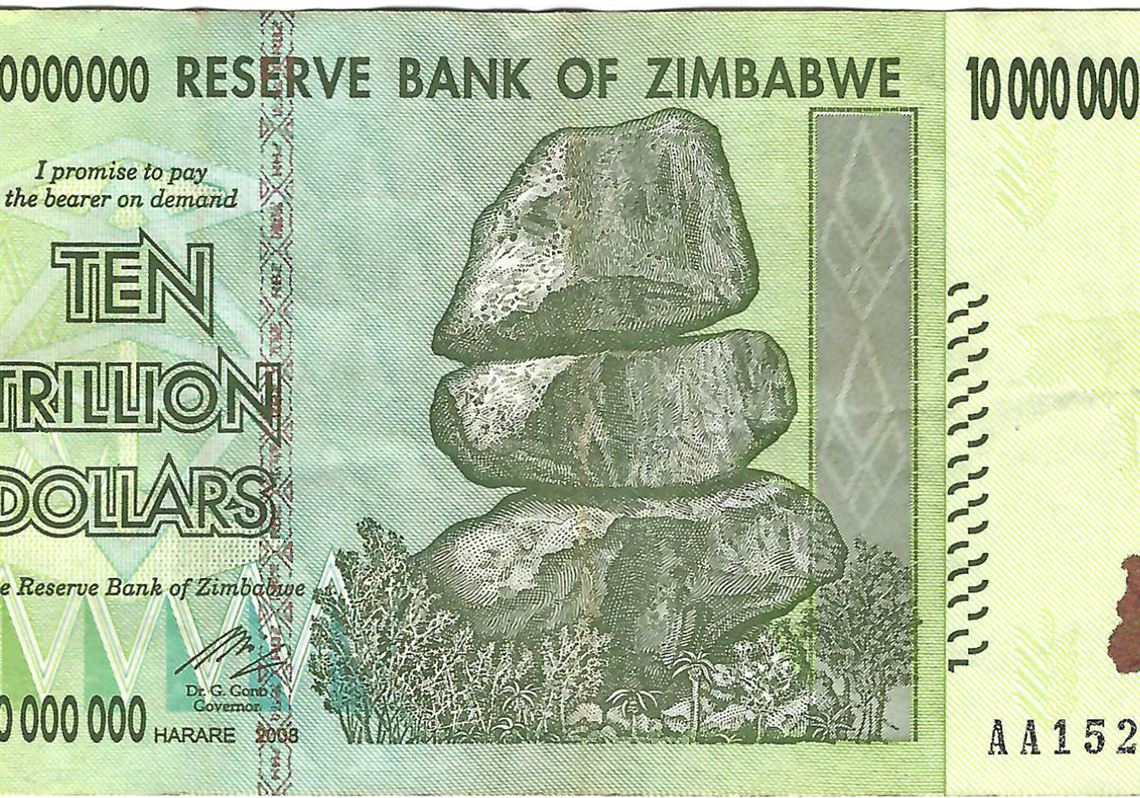Move over, Elon. I hate to brag, but I am now a certified trillionaire. Not just once, but ten times over. And I have the document to prove it.
In 2008, the government of Zimbabwe (formerly known as Rhodesia) issued paper currency with face values in the trillions of Zimbabwe dollars.
My own note, which I bought on eBay for $8.50 USD, was issued in the amount of 10 trillion Zimbabwean dollars. There is also a 100 trillion Zimbabwean dollar note for which the eBay seller was asking something closer to $12 USD. However, I felt that such a conspicuous display of wealth would be unseemly. It would also be perilously fragile.
That’s because, if you tried to use any of that Zimbabwe currency to purchase goods or services, it wouldn’t have passed the laugh test — even in Zimbabwe. Your offer would immediately be dismissed as worthless and the seller would be right in doing so.
So what happened? Why is paper currency subject to catastrophic failures? Good question. And it goes to the heart of why paper currency enjoys widespread acceptance — until it doesn’t.
That wasn’t always the case. A few centuries ago, what we now think of as paper money began as receipts from businesses and institutions for gold that people had deposited there for safekeeping. But depositors soon learned that it was easier to exchange the receipts, and the associated right to withdraw their gold, than it was to physically reclaim gold from the depository in order to do their transactions. In effect, it was an early form of what we would now consider to be the gold standard.
Over time, however, and with evolving bank practices, the supply of paper money was allowed to exceed the gold or silver deposits that those receipts represented. Throughout the middle of the 20th century, American paper currency said right on the front “This certifies that there is on deposit in the Treasury of the United States,” whatever dollar amount appeared on the note. Below that, it read: “In silver payable to the bearer on demand.”
However, by 1971, the connection between paper money and any underlying precious metals was officially severed. Instead, today’s paper money reads on the front: “This note is legal tender for all debt, public and private.” Period.
But if paper currency is legal for all sorts of debts, what gives it value? Is it like Wile E. Coyote, who has just run off the edge of a cliff and remains suspended in mid-air until he looks down? Or is there something more to it? The answer, for the most part, is in the way the nation’s central bank manages its money supply and the interest rates it charges for loans to financial institutions.
That can work reasonably well if the central bank — in the United States it’s the Federal Reserve — is seen as acting responsibly. But what if it’s seen as acting recklessly? What if its money supply seems disconnected from the real economy? What if the full faith and credit of the nation becomes widely distrusted? What happens to a currency when its citizens lose faith? The economy reverts to barter, black markets, foreign currencies, and hyperinflation, with massively disruptive consequences.
Apart from the collapse of Confederate currency following the Civil War and the failure of paper money issued by the Continental Congress during the 1770s, the United States has thus far managed to avoid the catastrophe of hyperinflation. But many other countries have not. My own rather modest collection of paper money bears witness to the fall of national currencies.
In 1923, Germany’s flailing Reichsbank issued notes for ten, twenty, and one hundred million marks. In 1944, Greece issued notes for 500 million drachma. In 1993, Yugoslavia circulated a note for 500 billion dinars. In 2003, the Bank of Ghana began circulating notes of 10 thousand cedis. In 2016, Venezuela issued notes for 20 thousand Bolivars. And in 2008, Zimbabwe began circulating its multi-trillion dollar notes. In every case, the notes were barely worth the paper they were printed on because its people had lost faith in the promises of the government issuing them.
For most U.S. residents and many overseas for whom the U.S. dollar is either the primary or backup currency, the idea that America and its money could go the way of these other countries is almost unthinkable. But they need to think again.
There are members of Congress today for whom defaulting on bond and debt payments is an acceptable price to pay for an assortment of social and political goals they’re after. They’re like the schoolyard bully who threatens to shoot your puppy unless you give him your lunch money.
A default could have immediate and potentially disastrous ripple effects on capital markets and economies throughout the world. Moody’s already downgraded U.S. Treasury notes once, and they could do it again.
Holding hostage the faith of Americans in their currency is precisely the sort of recklessness that has led to economic collapse in nations around the world. It is a form of extortion that can put America’s wealth at peril. Even Wile E. Coyote would be alarmed.
That’s why I collect worthless paper money; it reminds me of just how fragile an economy can be.
Peter Longini, of McCandless, is a former communication professor, speechwriter and ghostwriter for business leaders and public officials.
First Published: May 4, 2024, 9:30 a.m.















